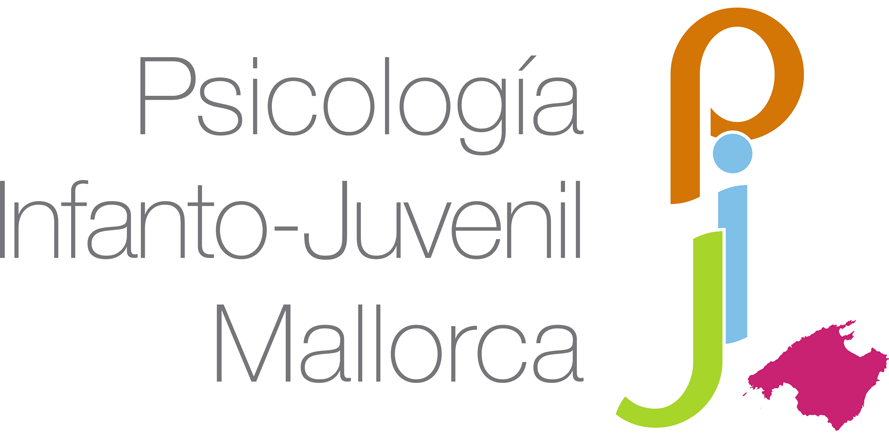
What is Childhood Disintegrative Disorder?
Childhood Disintegrative Disorder, also known as Heller’s syndrome or Disintegrative Psychosis, is a rare developmental disorder. It is characterized by normal development until at least the age of two, followed by a loss of previously acquired language, social, interactive, and motor skills before the age of ten. In other words, children initially demonstrate age-appropriate development, but after the onset of the disorder, this development is interrupted, or there is a regression of already acquired skills.
What are the symptoms?
Children affected by this disorder typically experience significant difficulties in several crucial areas of their development and well-being:
- Language is often one of the earliest indicators. Children with Childhood disintegrative disorder may experience significant delay or complete absence in spoken language, which may result in an inability to initiate or sustain a conversation and/or the use of language in a stereotyped and repetitive manner.
- Social or interactional skills are impaired. They may exhibit unusual nonverbal behaviours, an inability to develop relationships with peers, and/or a lack of social or emotional reciprocity.
- They experience difficulties in bladder or bowel control, such as urinary incontinence.
- Their play is characterized by being limited, monotonous, and unrealistic.
- They often present patterns of restrictive, repetitive, and stereotyped behaviour, activities, and interests.
Although it is believed that this disorder may arise from some disruption in the developing central nervous system, the precise mechanisms that trigger it are still unknown. In some cases, it is associated with certain medical conditions that could explain the developmental regression, such as metachromatic leukodystrophy or Schilder’s disease, but no such connection has been identified with other diseases, making the origin of Childhood Disintegrative Disorder still an enigma.
Difference between Autism and Childhood Disintegrative Disorder
These two disorders share similarities, as both impact the communicative, social, and behavioural skills of the child extending throughout the person’s life. Moreover, both are more common in boys than in girls. Despite this, there are differences that help distinguish them.
On one hand, differences are observed in onset and progression. While developmental problems in autism manifest from very early stages (often observed from the first year of life), in Childhood Disintegrative Disorder, normal development is observed until at least the first two years. Furthermore, the regression of learned skills is usually rapid and abrupt, unlike autism, where difficulties and developmental delays manifest gradually from early stages.
On the other hand, the prevalence of autism is much higher and represents a broad spectrum of disorders with different degrees of severity. Childhood Disintegrative Disorder, on the other hand, is much less common.
How to diagnose it?
In the fourth revised edition of the Diagnostic and Statistical Manual of Mental Disorders (DSM-IV-TR), Childhood Disintegrative Disorder and Autistic Disorder were considered two separate entities within pervasive developmental disorders. Despite the differences mentioned earlier, in the latest version (DSM-5), these two disorders are grouped under the label of autism spectrum disorder, so currently, this would be the diagnosis given to a child with characteristics that were previously identified as Childhood Disintegrative Disorder.
Intervention in children who suffer from childhood disintegrative disorder
Intervention in children with Childhood Disintegrative Disorder focuses on intensive and early educational interventions aimed at improving the quality of life for these children and their caregivers, delaying deterioration, and promoting skills development. Therefore, early detection of the problem is essential as it can make a significant difference in their progress.
An integrated approach adapted to the individual characteristics of each child is carried out, usually consisting of the following interventions:
- Speech and language therapy to improve communication skills.
- Occupational therapy focused on developing motor and self-care skills, promoting autonomy.
- Behavioural therapy to address challenging behaviours and improve social and play skills.
- Placing them in an environment tailored to their specific needs and with the necessary supports and adaptations to maximize their learning.
- Psychological support for caregivers to help them cope with difficulties and develop effective strategies.
- In some cases, specific pharmacological treatment may be necessary.
In conclusion, it is important to note that research on this disorder is constantly evolving, and aspects related to its diagnosis and intervention may change over time.
References
Charan, S.H. (2012). Childhood disintegrative disorder. Journal of Pediatric Neurosciences 7, 55-57.
Aina Fiol Veny
Psychologist Col. Nº B-02615






